Definition of fruit
Fruits are important sources of dietary fibre, vitamins (especially vitamin C) and antioxidants. Although fresh fruits are prone to spoilage, their shelf life can be extended by refrigeration or by removing oxygen from storage or packaging containers. In addition, fruit can be made into juices, jams and jellies and preserved by dehydration.
If we told you that the achenes of strawberries (the famous black seeds) and the apple’s core are the real “fruits”, would you believe it?
In fact, from a commercial point of view, strawberries, pears, apples and the like are considered fruits, but from a botanical point of view, this is not the case, as they are considered “false fruits“.

A fruit develops from the gynoecium following fertilization: the ovary is transformed into a fruit, and the ovules contained therein into seeds. Therefore, if the fruit is related to other organs and tissues, we talk about false fruits.
The fruit originates from the enlargement of the ovary; from here, the carpels will form, divided into three layers: pericarp, mesocarp and endocarp (Fig. 2).

The fruit has the task of protecting and nourishing the seeds and then dispersing them in different areas of the mother plant, favouring the probability of survival of the species. The multiplicity of characters, colours and characteristics that evolve lead to the ripening of the fruit, a moment in which it becomes palatable for animals, favouring the dispersion of the seeds. Taxonomically they are classified according to the characters expressed and according to two categories, dry and fleshy fruits (Fig. 3).

Dried fruits
A dried fruit (Fig. 4) doesn’t have pulp, and presents a thin and often hardened pericarp.
Divided into indehiscent and dehiscent, the difference is in the opening of the fruit for the dispersion of the seeds.
In fact, as can be guessed, by dried fruit, we mean a dehydrated fruit with sclerified tissues.

Indehiscent Fruits
They tend to remain closed and usually contain only one seed.
Achene: It is an indehiscent dry fruit (when ripe, it does not open). The parts of the fruit are small and thin, often attached to the seed. Examples of achenes are dried fruits located on the surface of strawberries, dandelions (Fig. 5), and mint.

Karyoxide: the indehiscent dry fruit monospermium (containing only one seed) characteristic of the Poaceae family. The caryopsis has the pericarp welded to the episperm (seed), while the endosperm is rich in starch. We are talking about well-known products, such as wheat, corn (Fig. 6), barley, rice, spelt…
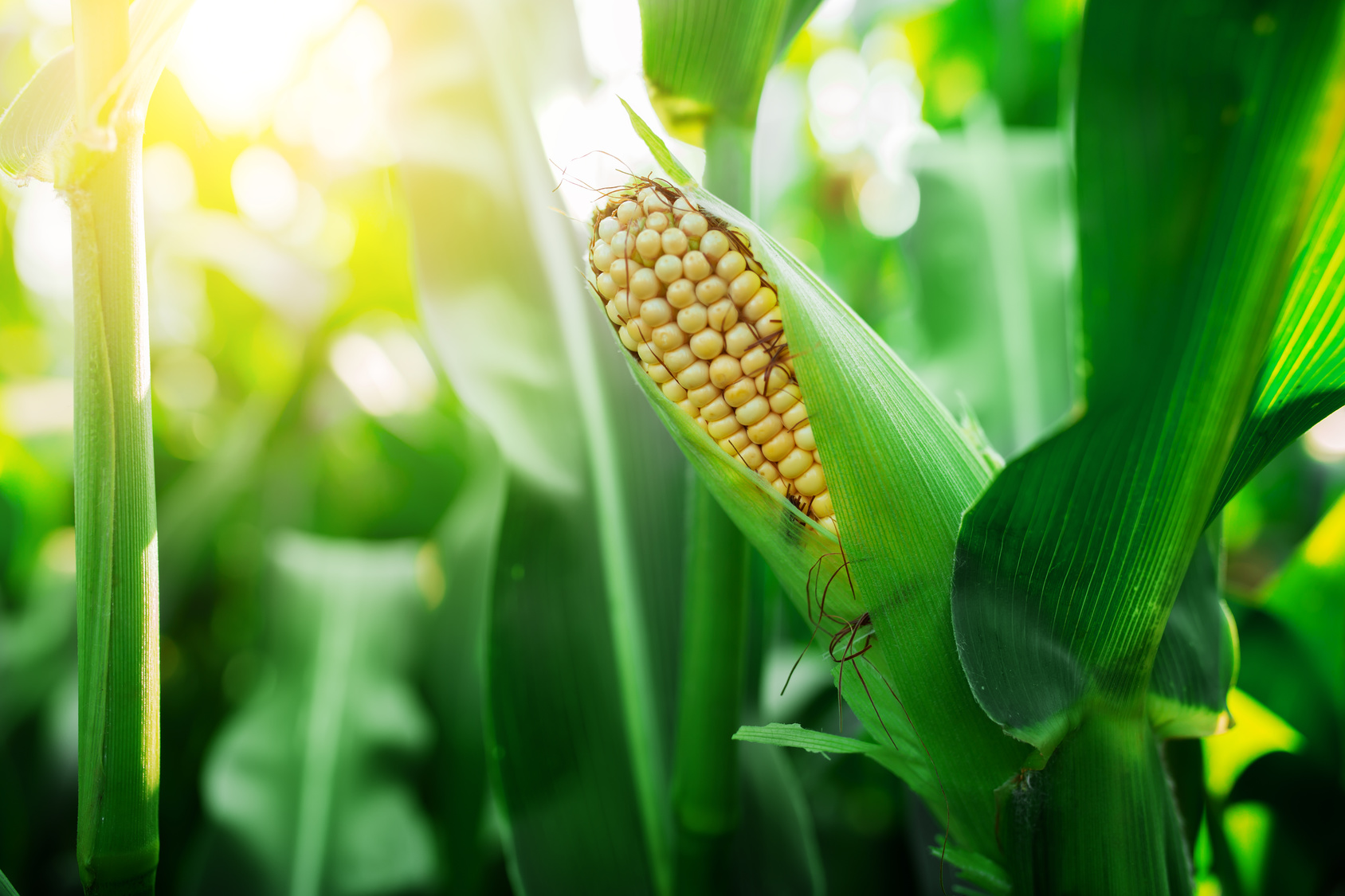
Walnut: rigid, almost woody pericarp. It derives from a pluricarpellar ovary that will turn into semen. Examples of these are walnuts (Fig. 7), acorns, chestnuts, and hazelnuts.

Schizocarp: it derives from a bicarpellar ovary; during development, it divides into several units called mericarps, each unit contains only one seed. Examples are parsley, sage, basil, anise (Fig. 8).

Dehiscent fruits
They are pluri-sperms, which, once they reach maturity, open to release their content in seeds.
Follicle: it is a monocarpellar, pluri-sperm fruit. In fact, when ripe, it opens along a suture line of the carpel. Examples are columbine, peony (Fig. 9) and magnolia.
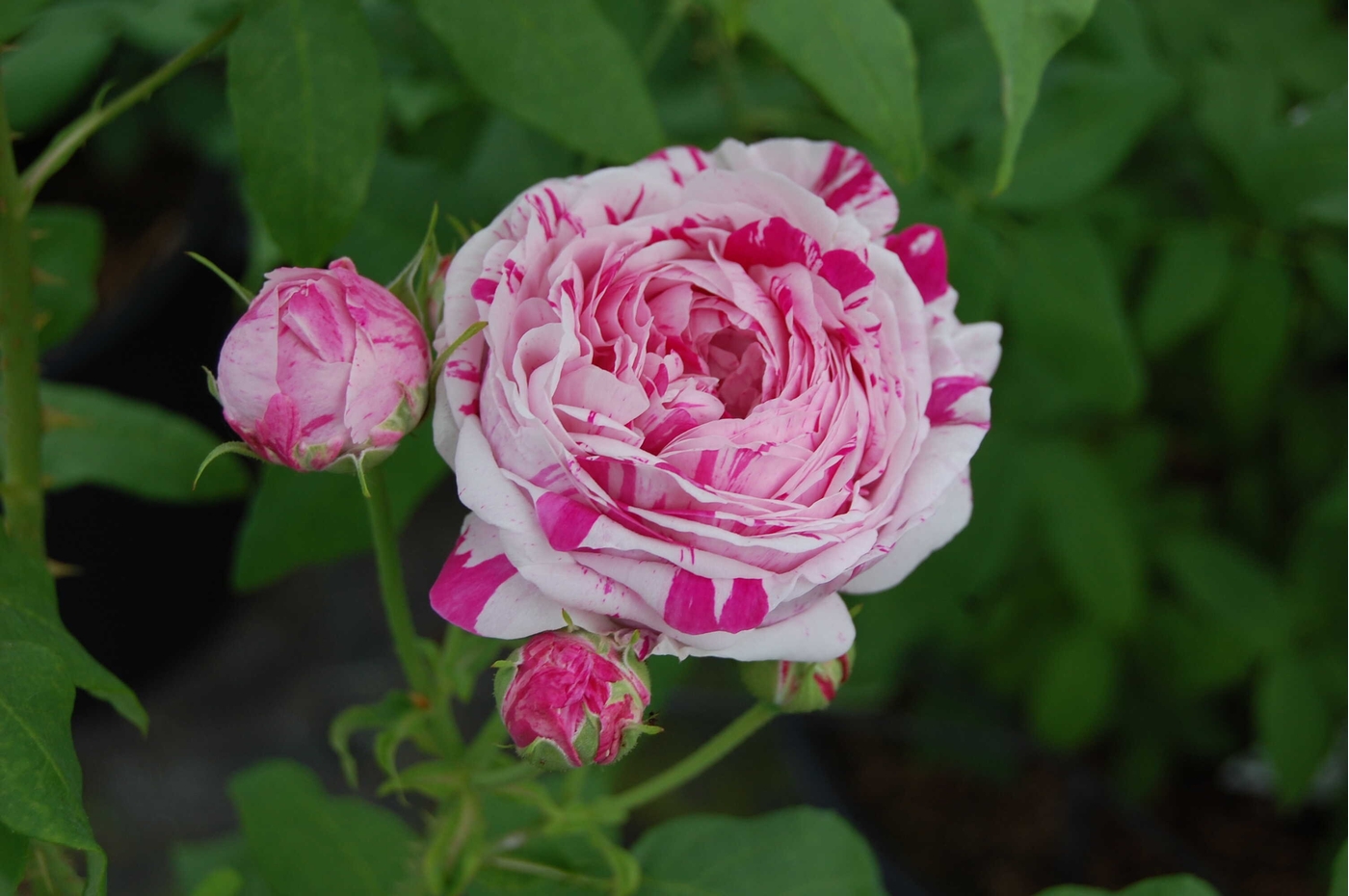
Legume: Belonging to the legume family, they originate from a monocarpellar ovary, plurispermium like the follicle, can open along its two rib lines on the two opposite axes. Example: beans, lentils, chickpeas (Fig. 10).
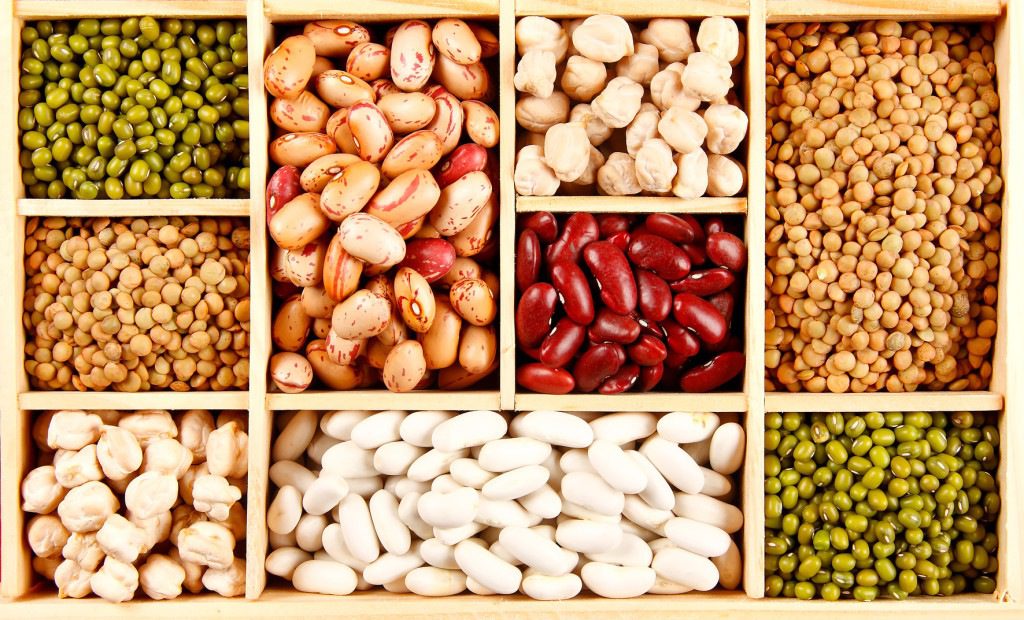
Siliqua: bicarpellar, the pericarp separates into two halves, leaving the central septum with seed or seeds attached. Examples are mustard, cabbage, watercress.
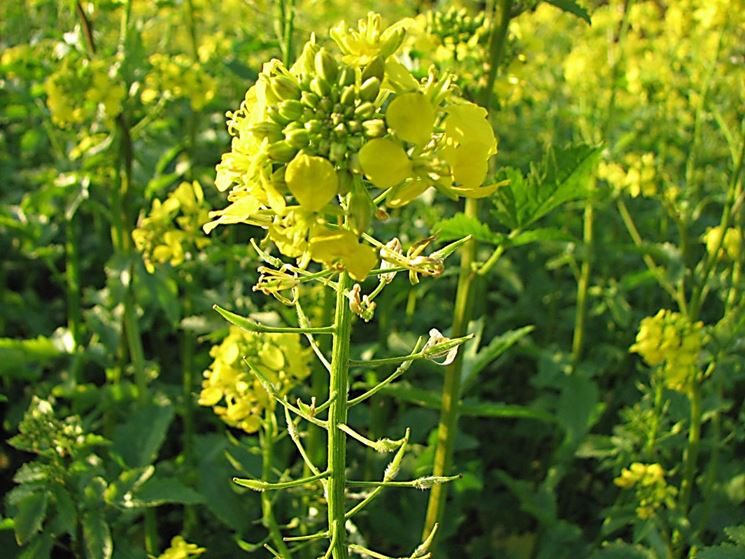
Capsule: bicarpellated from the compound ovary, the seeds are released in various ways, for example, through holes or longitudinal cracks, as in poppies.

The fleshy fruits
Drupe: it is a fruit in which the three layers, mesocarp, epicarp and exocarp, are clearly distinguishable. Typical drupes are peaches (Fig. 13), apricots and cherries.

Berry: we are talking, for example, about tomatoes and grapes, with fleshy and juicy endocarp and mesocarp, with leathery berries. Other berries are Esperidium (of citrus fruits; Fig. 14) and peponide (of pumpkin).

Then there are aggregated fruits such as blackberries, which are separate carpels belonging to the same gynoecium and aggregates. Then again, multiple fruits derive from multiple ovaries, and pineapple is the clearest example. (Fig. 15).
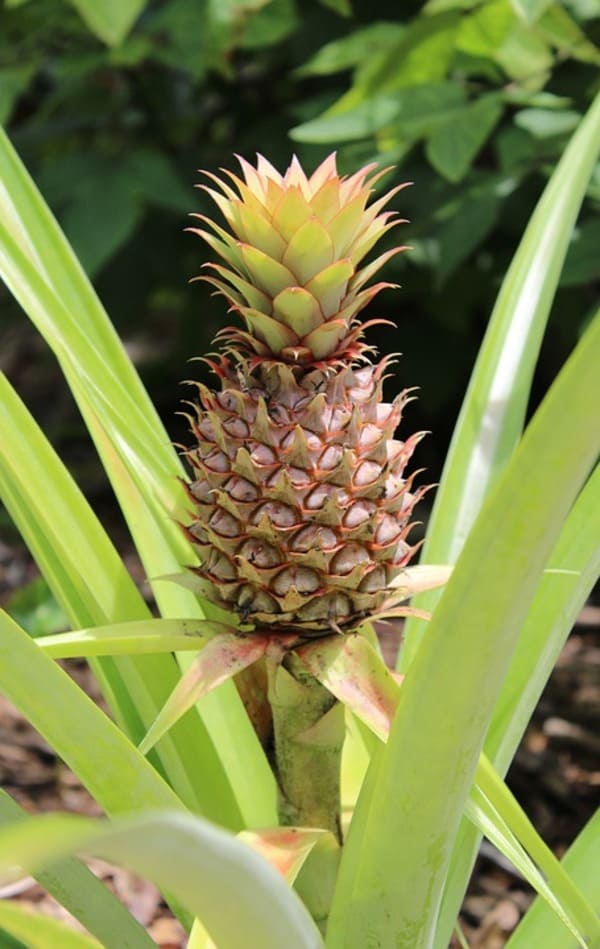
False fruits
Most fruits develop from a single pistil. A fruit resulting from the apocarp gynoecium (several pistils) of a single flower may be referred to as an aggregate fruit. A multiple fruit represents the gynecea of multiple flowers. When additional flower parts, such as the axis of the stem or the floral tube, are retained and participate in the formation of fruits, such as in apples or strawberries, they are classified as false fruits.
How does dissemination take place?
Plants have developed various strategies to disseminate.
Autochory: the plant disperses its seeds by itself, actively. Geraniums represent an example, having fruits capable of catapulting the seeds 2-3 meters away from the mother plant.
Anemochory: the plant disperses its seeds through the wind. For example, the seed of the Dandelion has a pappus that allows it to be carried away by the wind.
Zoochory: the plant disperses its seeds thanks to the involuntary help of animals, such as ants, birds, squirrels. In fact, by consuming the part that is rich in nutrients, they leave the seed free to germinate away from the mother plant.
Hydrocory: the plant disperses its seeds through the water. The fruits or seeds of aquatic plants can often float for some time and are carried away by the current away from the mother plant. It is classified as nautohydrocoria when diasporas float in water and are dispersed by currents (Cahile maritima), and ombrohydrochory when the rain brings about their detachment and transport (Sedum acre).
Umberto Lazzaro
Original article: “Frutti e falsi frutti: quali sono le differenze?” by Umberto Lazzaro
Sources:
- Botanica generale e diversità vegetale Abbate, forni e Pasqua.
- http://www.education21.ch/sites/default/files/uploads/pdf-i/GiornataESS_2016/Atelier5_disseminazione_e_specie_esotiche_SE_2_ciclo.pdf
https://www.britannica.com/science/fruit-plant-reproductive-body